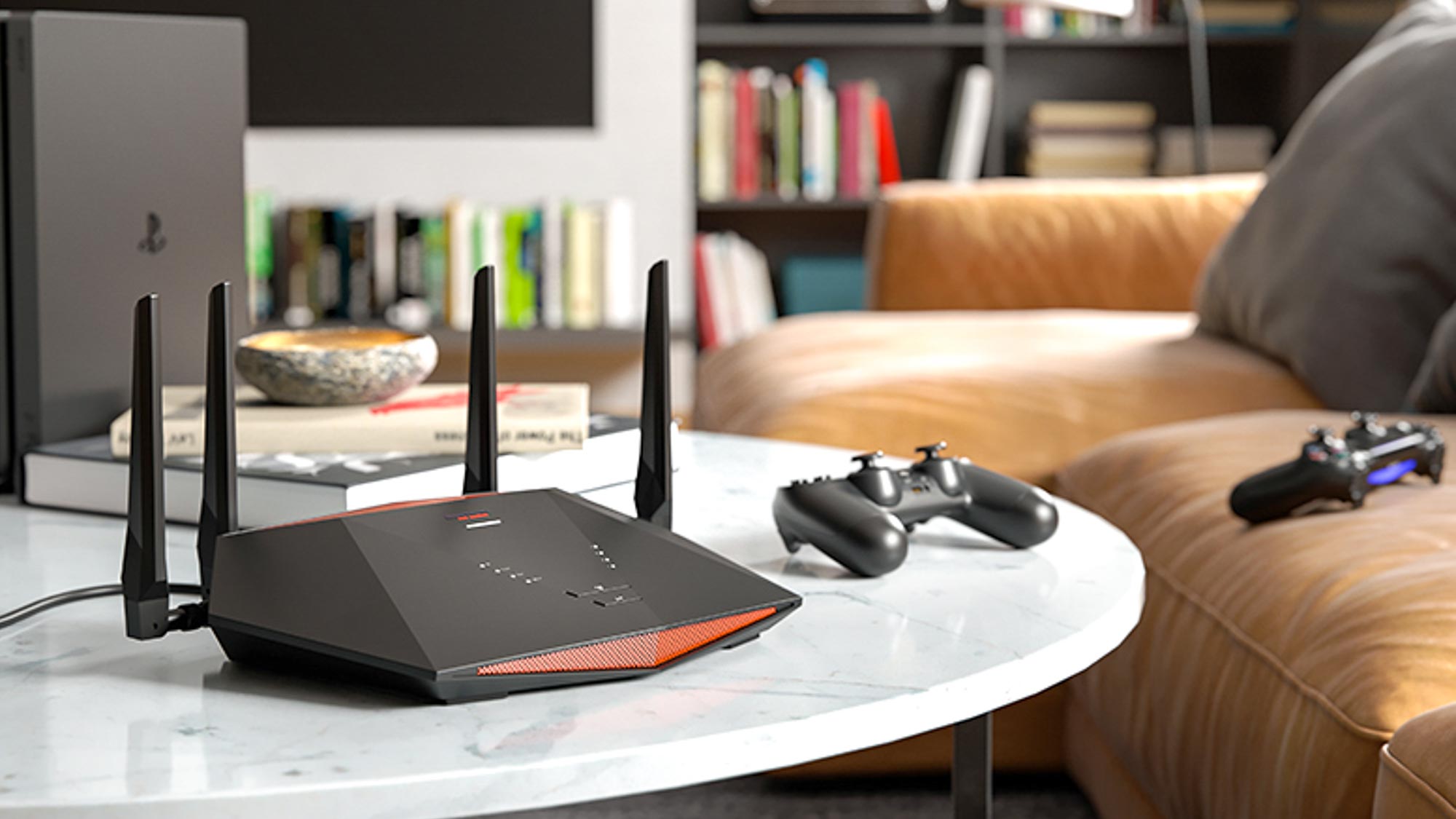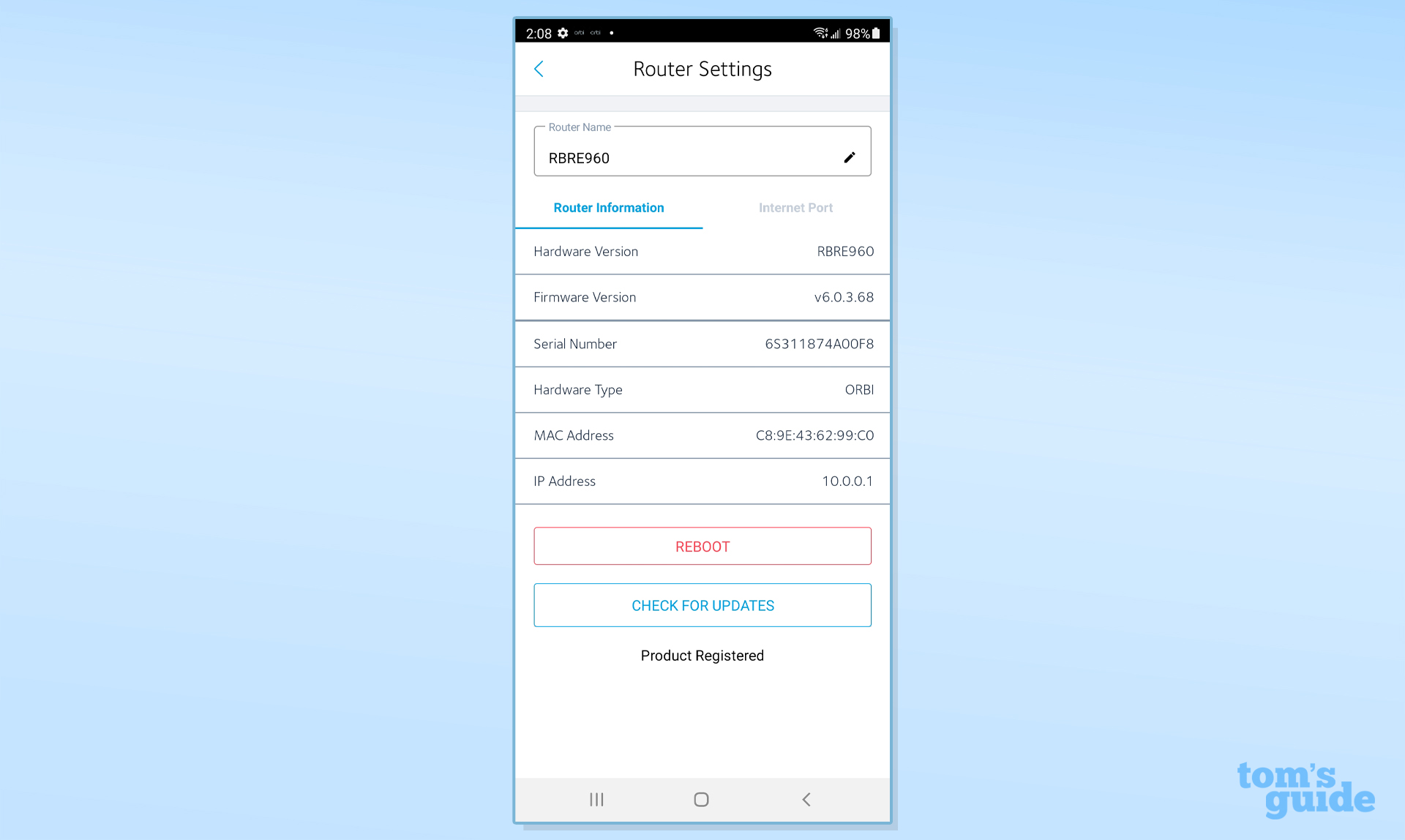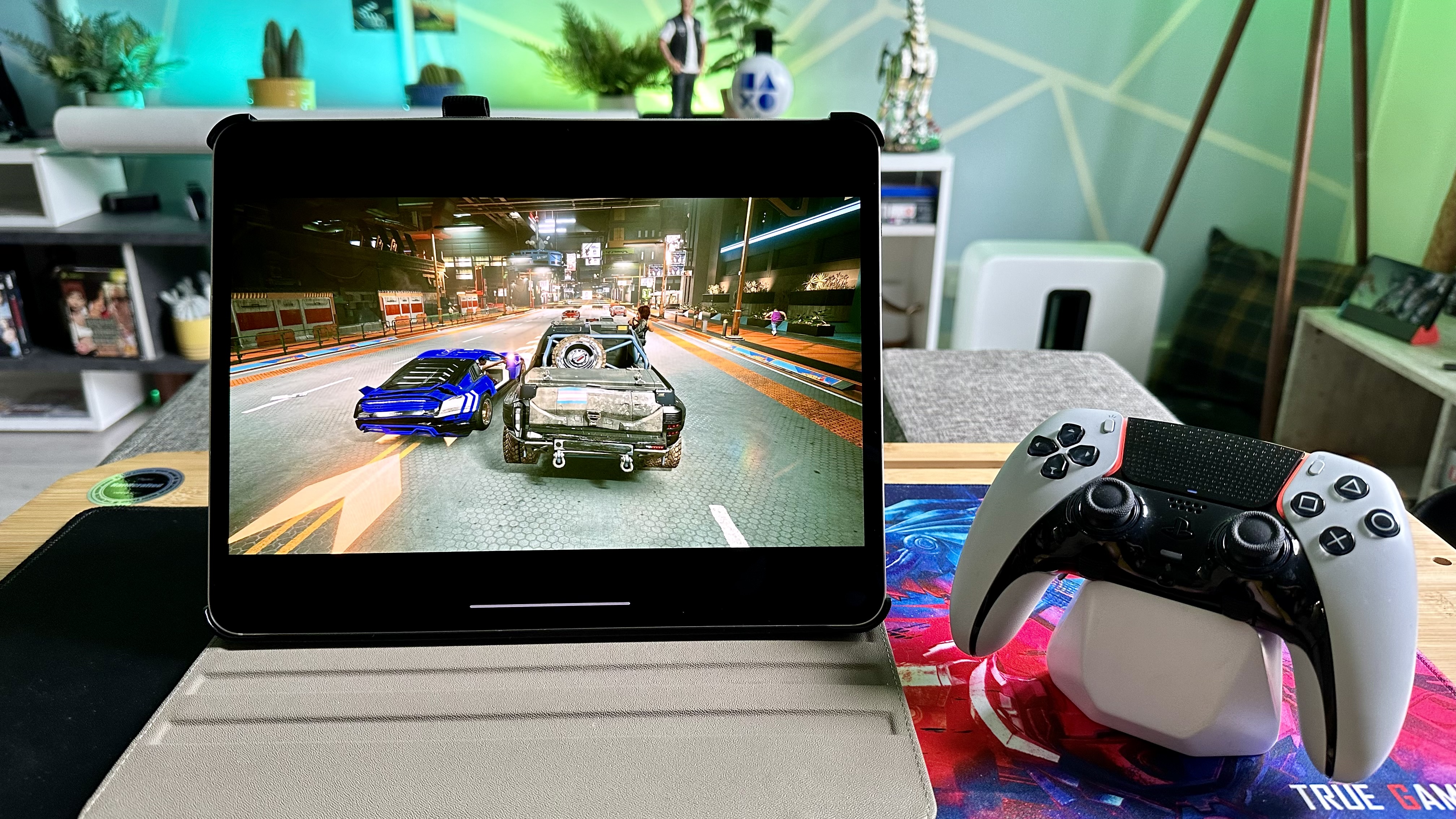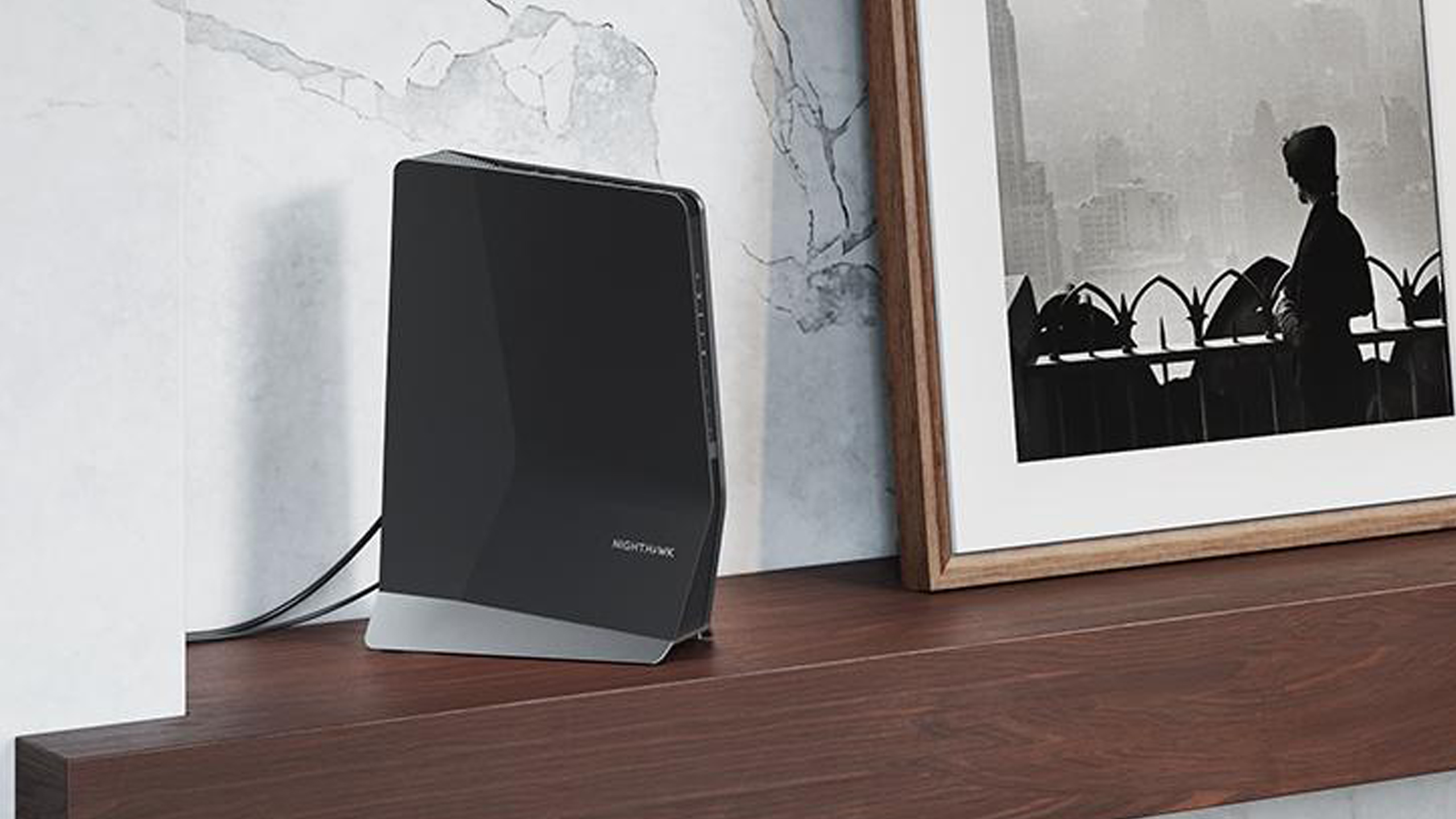
My apartment is loaded with many of the best smart home devices.
From smart lights to the best security cameras, dozens of gadgets are connected to my router at any given time. I've been struggling to connect new devices to my Wi-Fi network recently. Meanwhile, the performance of my existing setup like my smart TV has become spotty.
After resetting my router and taking stock of everything connected to it, I realized that my gadgets were fighting against each other for data and took steps to fix the issue. Read on to see how you can diagnose this problem, understand the root of it, and ultimately improve your performance.
Identifying an overcrowded network

One of the first signs of an overcrowded network is slow internet speeds. This most often manifests as extensive buffering on streaming services or noticeable lag in online video games. Busy networks force devices to compete with each other for bandwidth which causes interference.
The most obvious tell that I had a network problem was devices frequently disconnecting from my Wi-Fi. I experienced drop-offs from my Ring Pan-Tilt security camera and Google smart TV which I use daily. If you don't have an app for your router you can type its IP address into any web browser. This will open a web management portal to track connected devices. From here you can see which eats up the most bandwidth to make QoS adjustments and prioritize data to specific equipment as needed.
What causes network overload

Your network gets overcrowded when too many devices connect to one access point. Smart homes consist of dozens of internet-connected gadgets that constantly consume bandwidth as they relay information and wait for inputs. This could be as simple as smart lights waiting on commands or as network-hungry as a collection of security cameras. Pair this constant strain with heavy activity like cloud gaming, streaming 4K video, and larger media file downloads, and even the best routers can stumble.
How to fix an overcrowded network

If you don't want to spend any money you can make some quick changes to improve your speeds and connectivity.
For example, run an ethernet cable to whatever devices support wired connectivity like gaming systems, computers, and streaming boxes. This will drastically cut down the demand from heavy hitters and free up wireless traffic space.
You can also create a separate network dedicated just to smart home devices to segment traffic to one channel. I use my 2.4GHz band for this purpose and 5GHz for high-power streaming and browsing.
Realistically, I'd recommend investing in a mesh Wi-Fi system since it can add multiple powerful router points throughout your home. This expands your network's reach and the amount of devices it can withstand since the load is shared across individual routers. Your home and yard will be blanketed in consistent and strong coverage while you also eliminate the potential for any dead zones.
I'd recommend no older than a Wi-Fi 6 mesh system since this standard was built to optimize managing multiple devices efficiently on its own.







